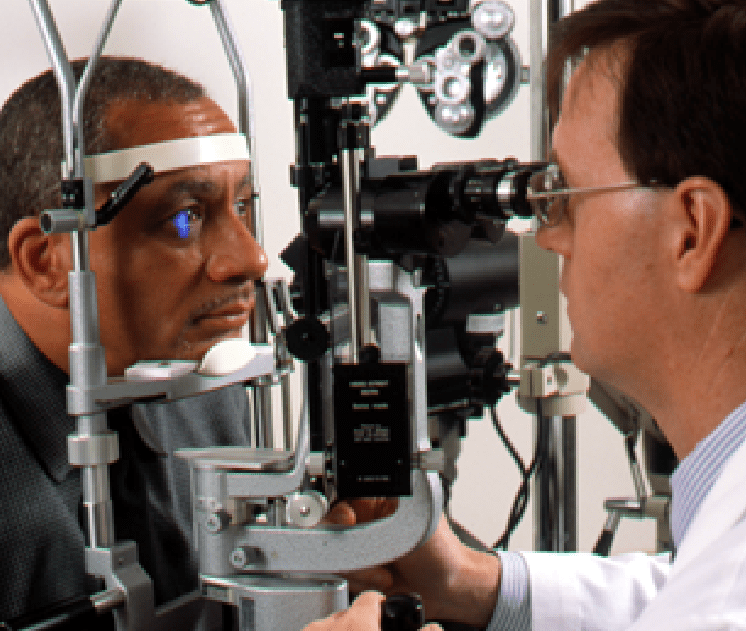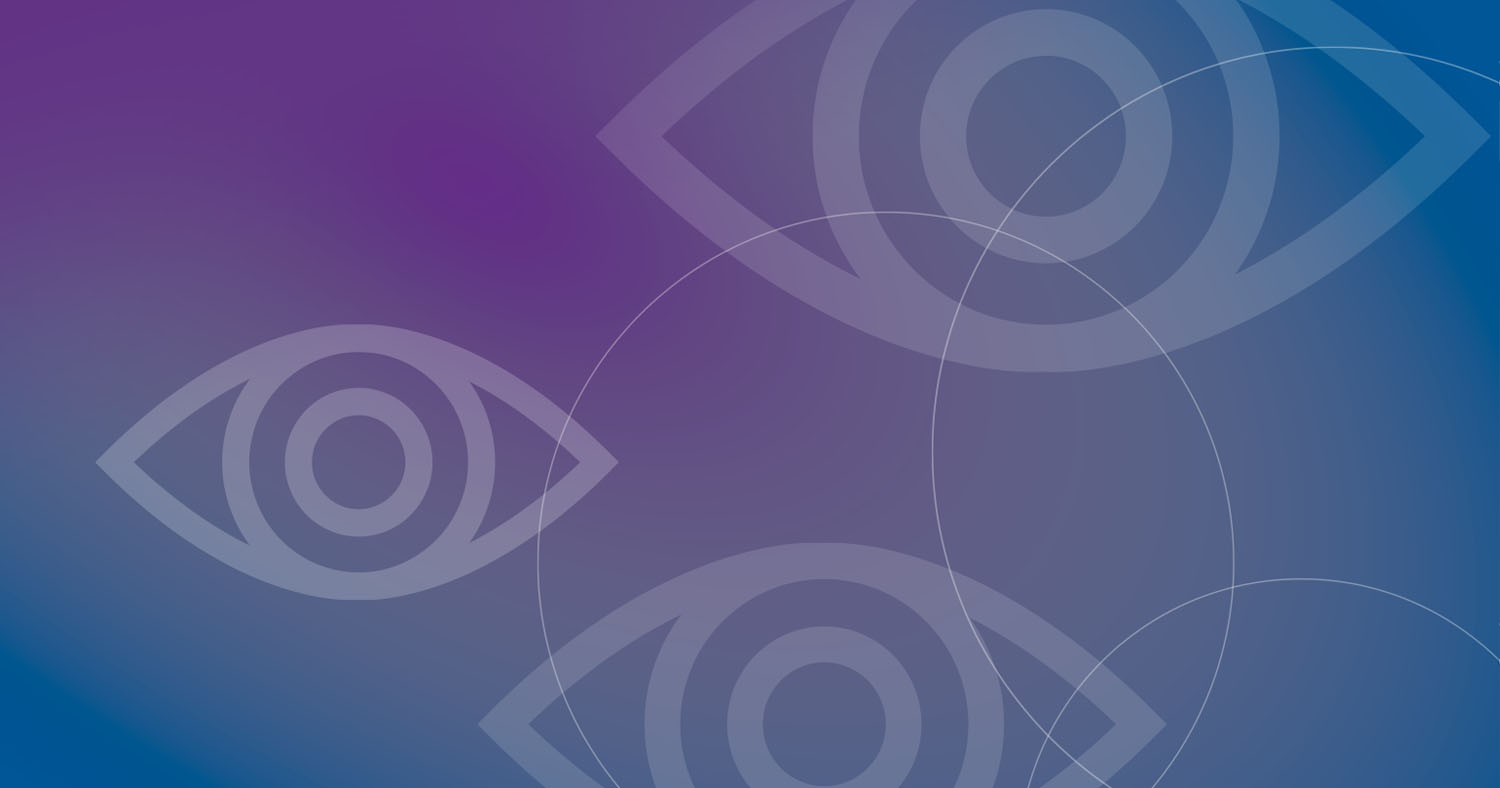Diagnosis and Treatment
Diagnosis and treatment of uveitis is important. Uveitis can cause permanent damage to the eyes and vision loss that cannot be reversed. Also, uveitis may be caused by another disease or condition that, if left untreated, can lead to serious illness.
Complete eye examination
Anyone who notices signs of eye problems should visit an eye doctor for a complete eye exam. At a complete eye exam, the eye care professional will do a thorough examination of the eyes, using some of the following tests:
Medical history: Since uveitis is often caused by other diseases and conditions, it is important to get a thorough medical history.
Ophthalmoscopy [of-thal-mos-kuh-pee]: The eye doctor will look inside the eyes and check the optic nerve at the back of the eye by putting drops in your eyes to make the pupils bigger (dilate).
Visual acuity: The eye doctor will test the sharpness of your vision.
Visual field: Damage to the optic nerve may cause a loss of side vision (peripheral vision). A visual field test can check your peripheral vision for any changes. Pupils and eye movements: The eye doctor will look at your pupils to check for signs of eye problems and check the movement of the eyes.
Gonioscopy [goh-nee-uh-skohp-ee]: After numbing the eye, the eye doctor gently places a special lens on the surface to examine the area in the front of the eye that drains fluid.
Tonometry [toh-nom-i-tree]: Tonometry measures pressure in the eye. Medicine drops may be used to numb the eye.
Slit lamp: To find signs of eye inflammation, the eye doctor uses a special microscope called a slit lamp. It shines a light into one eye at a time so the doctor can look closely at the inside of the eye.
Fluorescein angiography [floo-res-ee-in an-jee-og-ruh-fee]: Doctors can find potential damage caused by some kinds of uveitis by injecting a substance that “lights up” the veins. This procedure provides a clear picture of the blood vessels in the retina at the back of the eye.
Optical coherence tomography (OCT): This non-invasive imaging test uses light waves to take cross-section pictures of your retina.
Laboratory tests: Laboratory tests may be done to rule out an infection or an autoimmune disorder.


